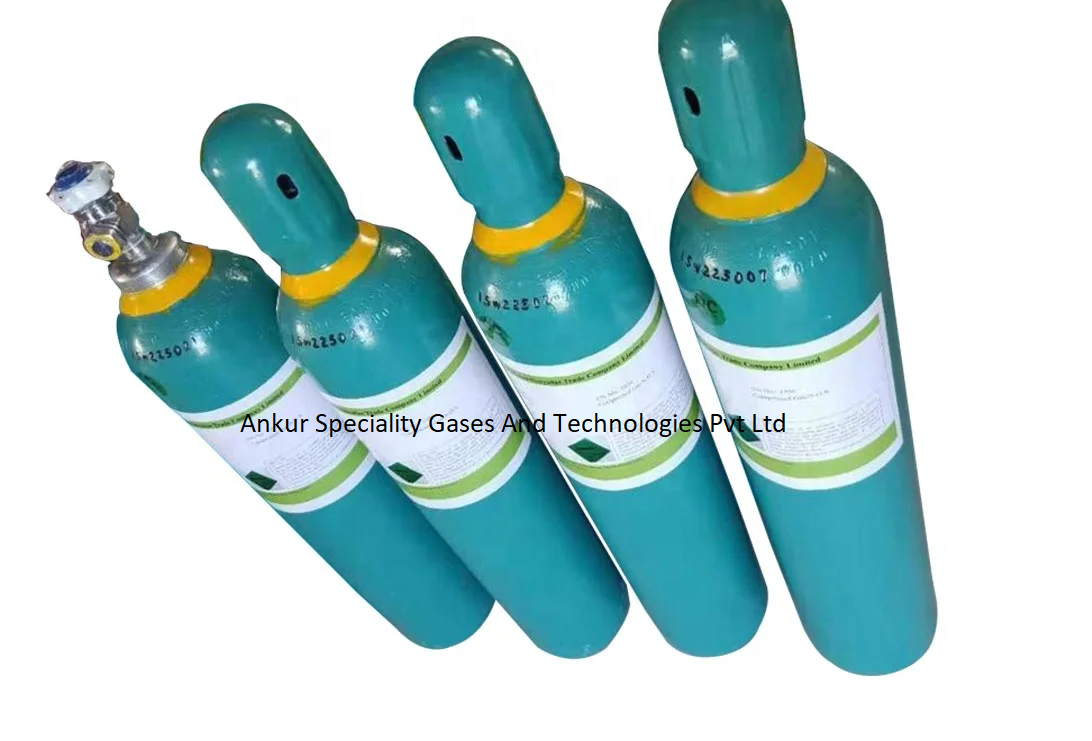A noble gas (argon, krypton, or xenon) A halogen gas (fluorine, chlorine, or bromine) A buffer gas (typically neon or helium) Excimer lasers rely on the interaction between the noble gas and the halogen gas to produce a high-powered beam. The current source pumps the gas medium using very short, high voltage pulses transmitted through metal electrodes; the pulse excites the gas atoms and causes them to fuse together into atomic pairs called dimers. (The term "excimer" stands for excited dimer.) For example, pumping an argon flouride (ArF) laser causes asymmetric molecules of ArF to form. Excimers only remain bound in an excited state, so that following the pulsed electrical discharge the atoms separate once again. While active, though, the excimers emit a burst of electromagnetic radiation before quickly dissociating into separate gases.

This is your website preview.
Currently it only shows your basic business info. Start adding relevant business details such as description, images and products or services to gain your customers attention by using Boost 360 android app / iOS App / web portal.


Submit Your Enquiry